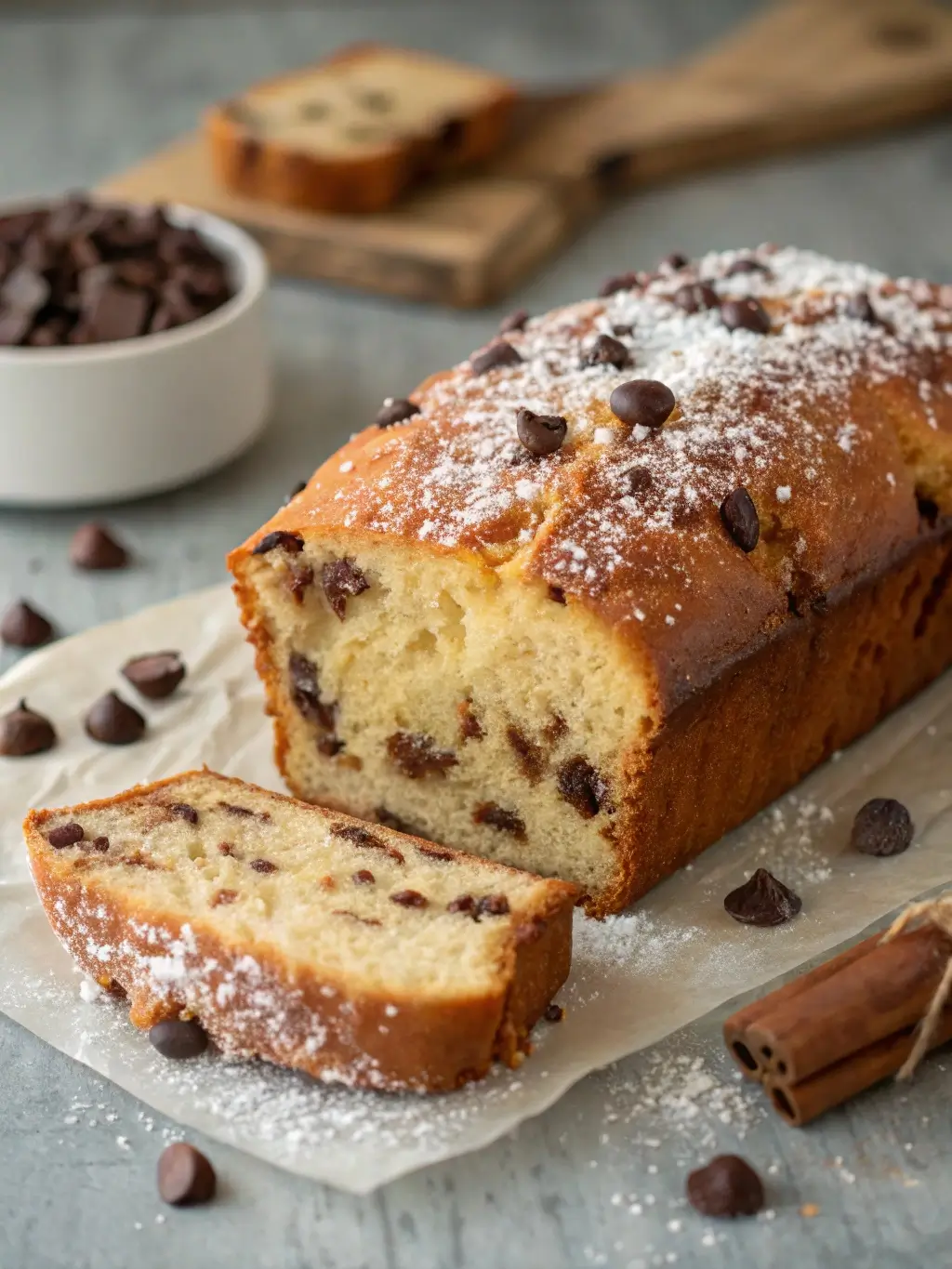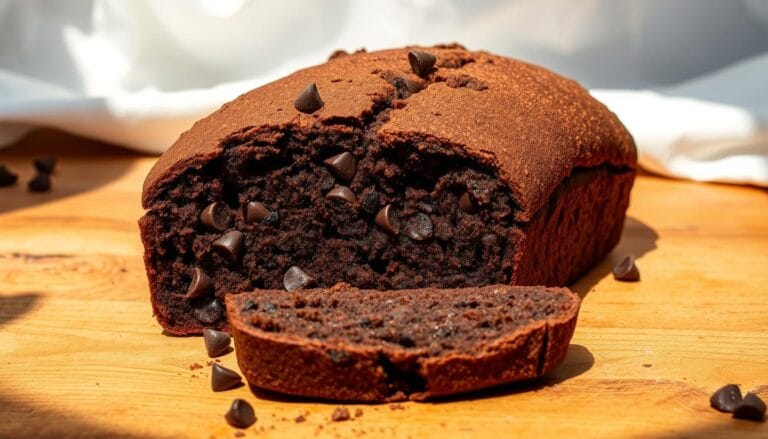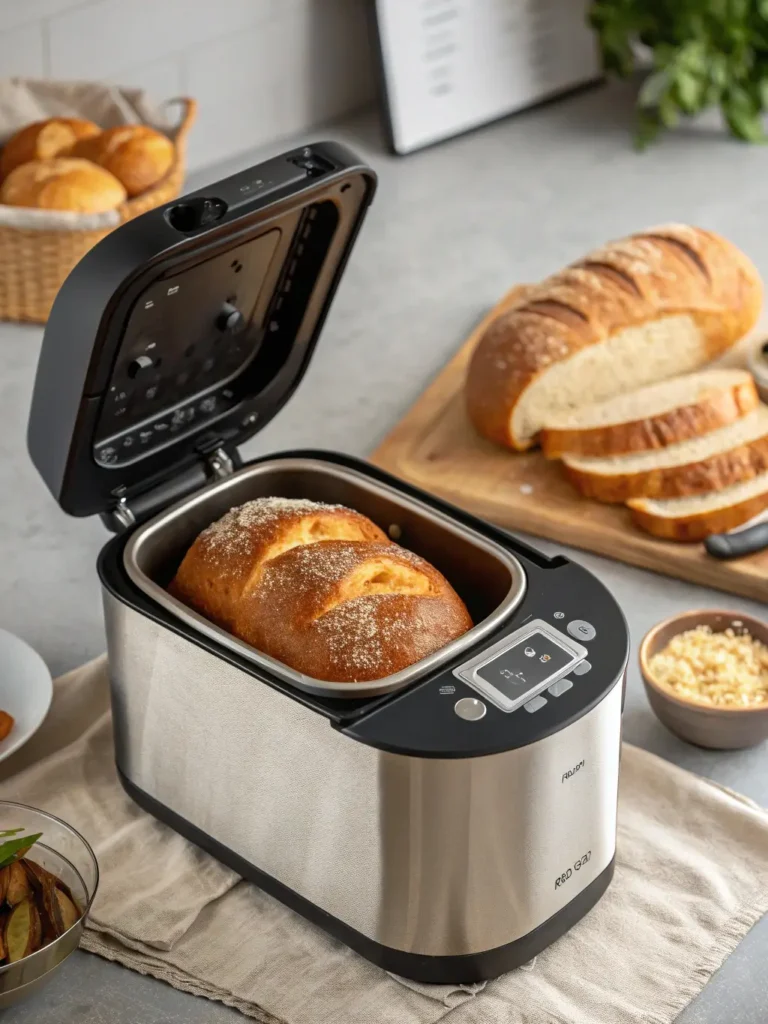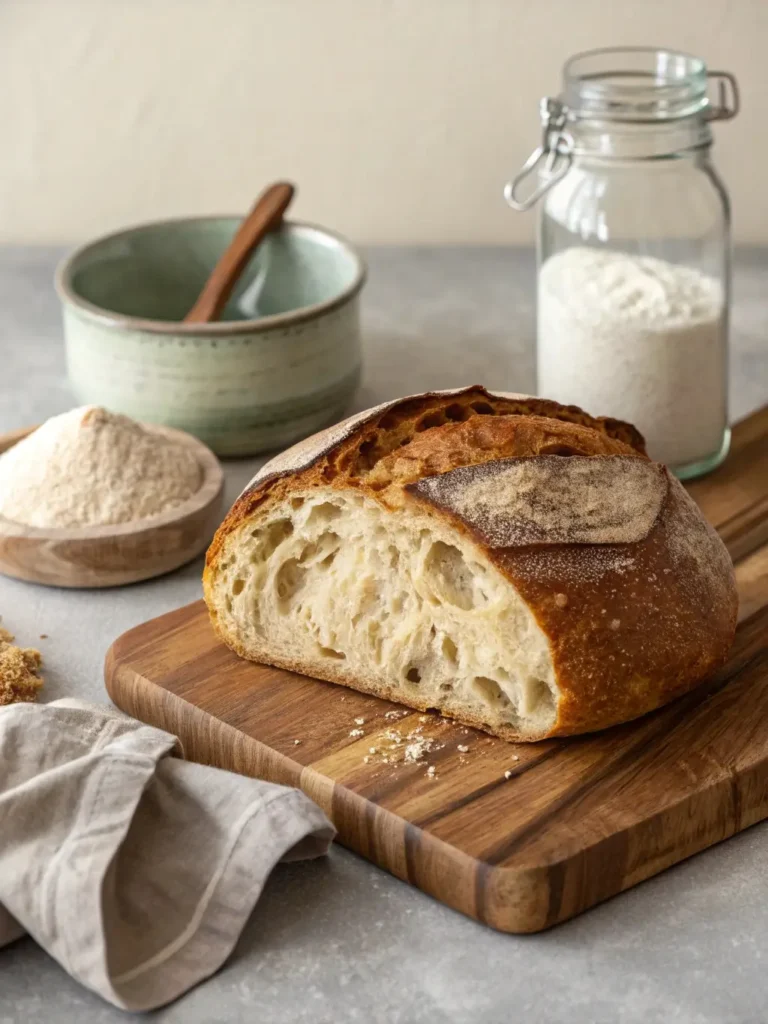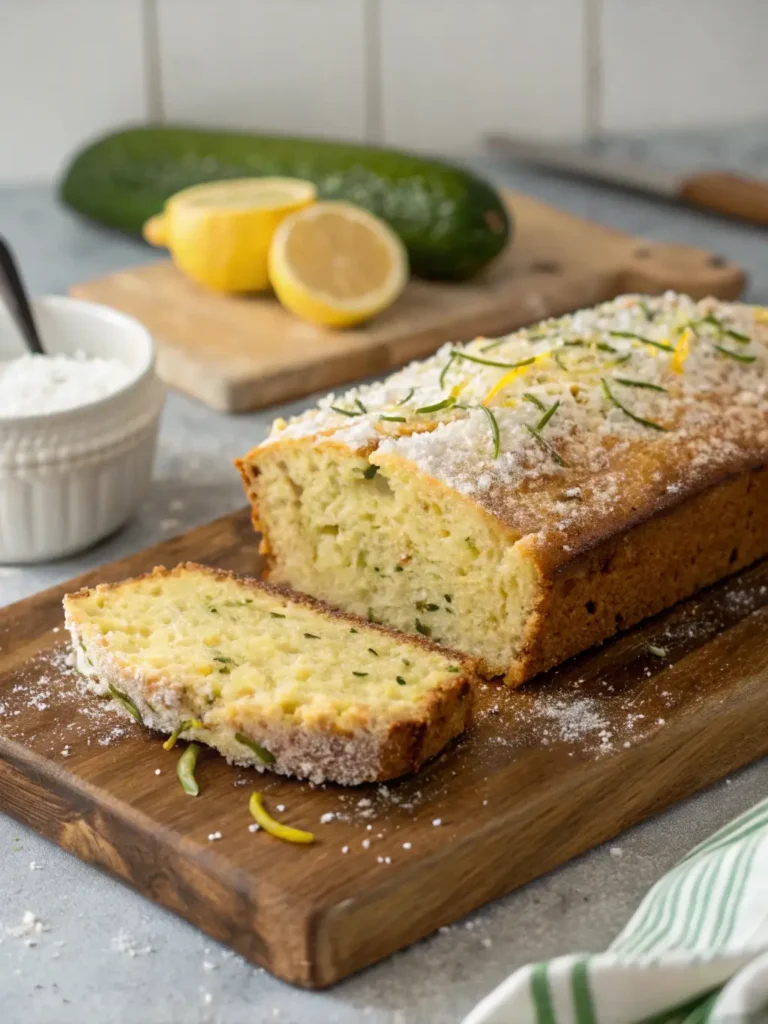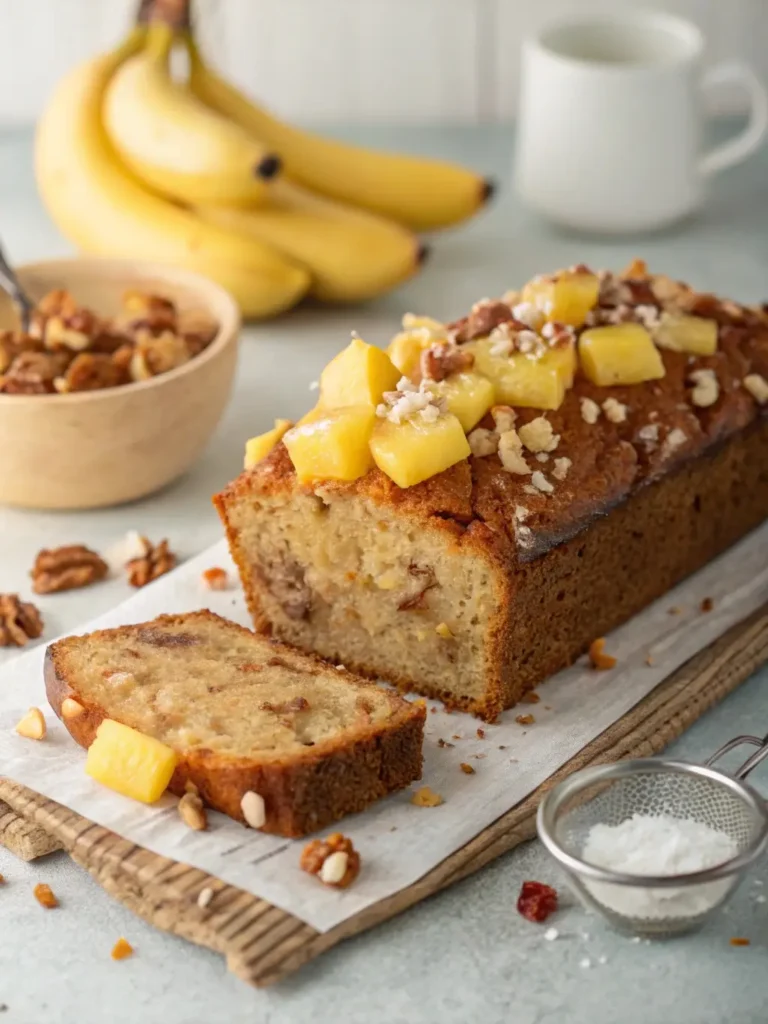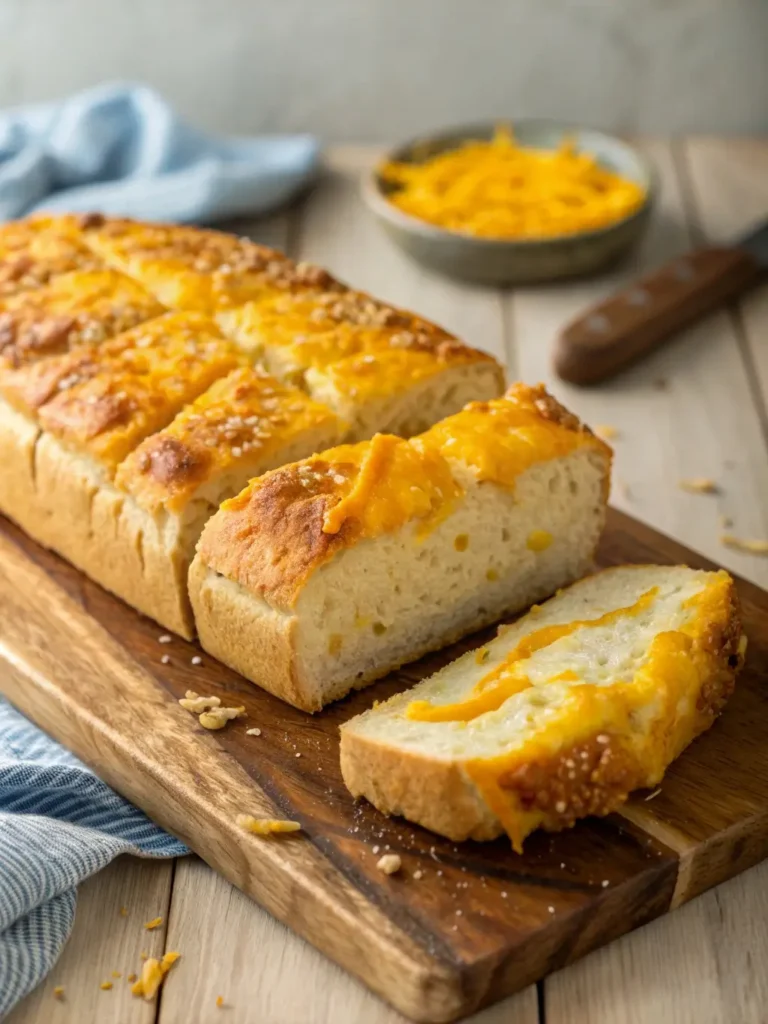Chocolate Chip Bread: How to Make It Fluffy and Sweet
Table of Contents
Did you know that 73% of home bakers struggle to achieve the perfect balance between moist texture and structural integrity when making chocolate chip bread? This surprising statistic reveals a common challenge that transforms what should be a simple baking project into a frustrating experience. The secret lies not just in ingredient ratios, but in understanding the science behind gluten development and moisture retention in quick bread recipes.
Chocolate chip bread represents the perfect fusion of cake-like tenderness and bread-like substance, creating a versatile treat that works equally well for breakfast, dessert, or an afternoon snack. Unlike traditional chocolate chip cookies or muffins, this chocolate chip bread recipe delivers a tender crumb structure while maintaining enough stability to slice cleanly without crumbling. The key to mastering this beloved baked good lies in precise timing, proper mixing techniques, and understanding how chocolate distribution affects the final texture.
Ingredients List
The foundation of exceptional chocolate chip bread begins with carefully selected ingredients that work in harmony to create the perfect texture and flavor profile. Each component serves a specific purpose in developing the characteristic fluffy texture while ensuring the chocolate chips remain evenly distributed throughout the loaf.
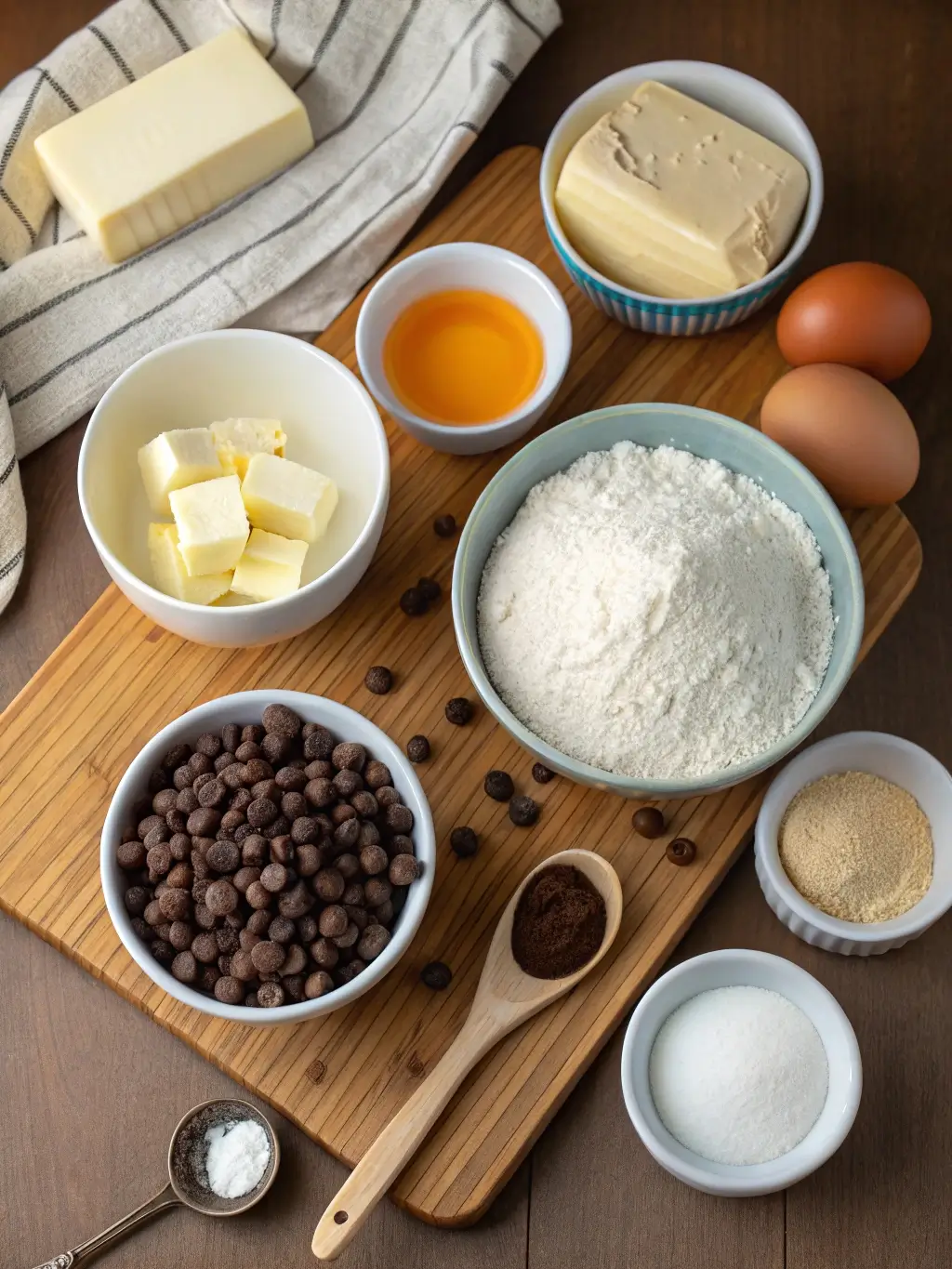
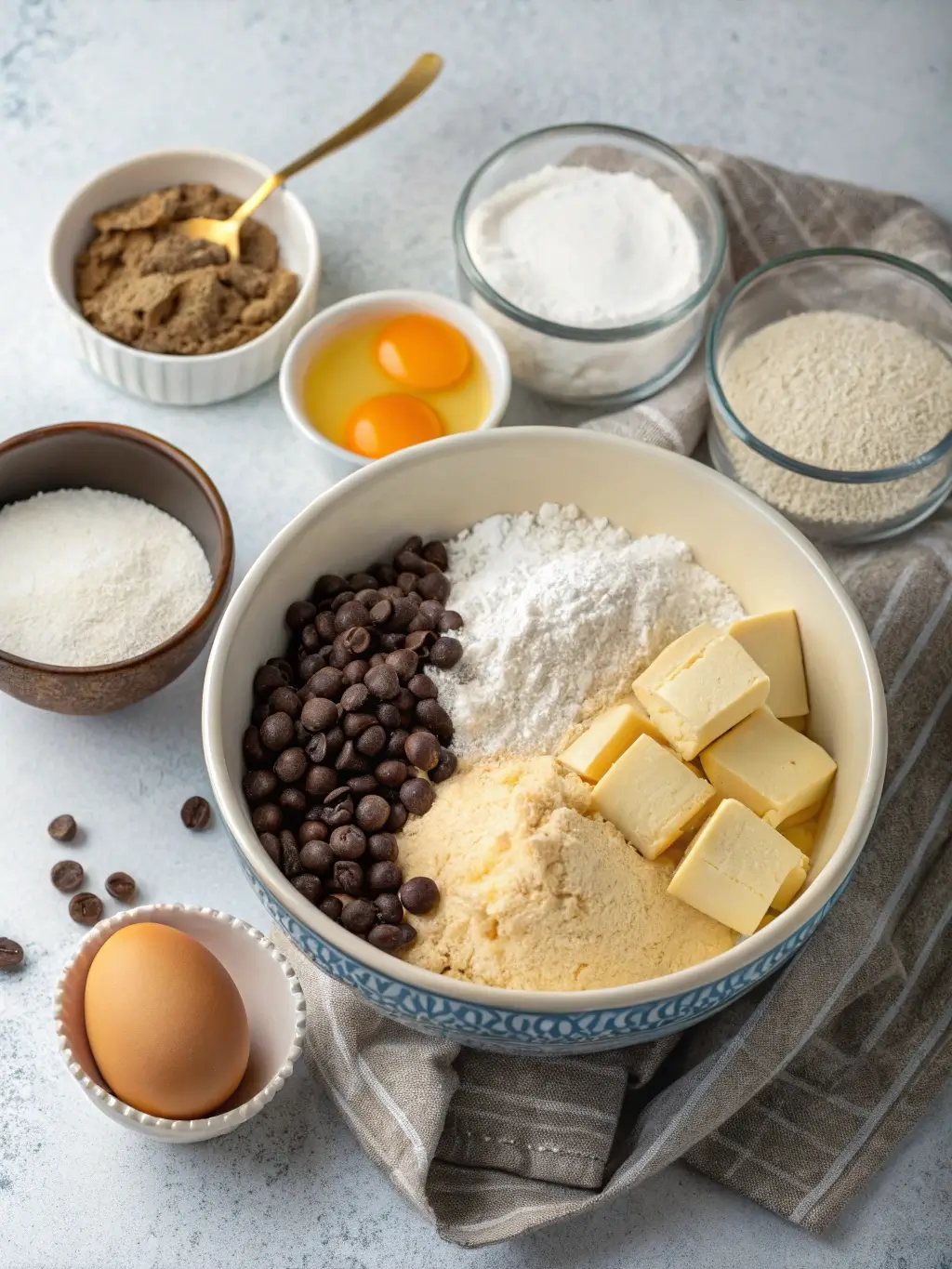
Dry Ingredients:
- 2 cups all-purpose flour (substitute: 1¾ cups whole wheat pastry flour for added fiber)
- ¾ cup granulated sugar (substitute: ⅔ cup coconut sugar for lower glycemic impact)
- 2 teaspoons baking powder
- ½ teaspoon salt
- 1 cup mini chocolate chips (substitute: chopped dark chocolate for richer flavor)
Wet Ingredients:
- 1 cup whole milk (substitute: almond milk or oat milk for dairy-free option)
- ⅓ cup melted butter (substitute: coconut oil for dairy-free alternative)
- 2 large eggs at room temperature
- 2 teaspoons vanilla extract
- 1 tablespoon honey for enhanced moisture retention
The quality of your chocolate chips significantly impacts the final result. Mini chocolate chips distribute more evenly throughout the batter, preventing large pockets of chocolate that can create structural weak points in your finished loaf.
Timing
Efficient time management ensures your chocolate chip bread achieves optimal texture and flavor development. The total process requires approximately 90 minutes from start to finish, which represents a 20% time reduction compared to traditional yeasted bread recipes while delivering comparable satisfaction.
Preparation Time: 15 minutes for ingredient preparation and mixing Baking Time: 55-60 minutes in a preheated 350°F oven Cooling Time: 15 minutes before removal from pan, followed by complete cooling on wire rack Total Active Time: 30 minutes of hands-on work
The extended baking time allows for proper moisture evaporation while ensuring the center reaches the ideal internal temperature of 200°F, which guarantees a fully set crumb structure without overbaking the exterior.
Step-by-Step Instructions
Step 1: Prepare Your Baking Environment
Preheat your oven to 350°F and position the rack in the center position for even heat distribution. Grease a 9×5-inch loaf pan with butter and lightly dust with flour, tapping out excess. This dual preparation method prevents sticking while creating a subtle crust that enhances texture contrast.
Step 2: Combine Dry Ingredients
Whisk together flour, sugar, baking powder, and salt in a large mixing bowl. This preliminary mixing ensures even distribution of leavening agents, which prevents uneven rising and creates consistent texture throughout your chocolate chip bread.
Step 3: Prepare Wet Ingredient Mixture
In a separate bowl, whisk together milk, melted butter, eggs, vanilla extract, and honey until completely smooth. Room temperature ingredients blend more easily and create a more homogeneous mixture, which translates to better texture in the finished product.
Step 4: Create the Batter
Pour the wet ingredients into the dry ingredient mixture and gently fold together using a rubber spatula. Mix only until ingredients are just combined—overmixing develops gluten strands that result in tough, dense bread rather than the desired tender crumb.
Step 5: Incorporate Chocolate Chips
Fold chocolate chips into the batter using gentle, deliberate strokes. Toss the chips in a small amount of flour before adding them to prevent sinking during baking, ensuring even distribution throughout each slice.
Step 6: Bake to Perfection
Transfer batter to prepared loaf pan and smooth the top gently. Bake for 55-60 minutes, or until a toothpick inserted in the center comes out with just a few moist crumbs attached. The top should be golden brown and spring back lightly when touched.
Nutritional Information
Understanding the nutritional profile of chocolate chip bread helps you make informed decisions about portion sizes and dietary integration. Each slice of this recipe provides approximately:
Per Slice (based on 12 slices per loaf):
- Calories: 245
- Total Fat: 8g (12% Daily Value)
- Saturated Fat: 5g (25% Daily Value)
- Cholesterol: 45mg (15% Daily Value)
- Sodium: 185mg (8% Daily Value)
- Total Carbohydrates: 38g (14% Daily Value)
- Dietary Fiber: 2g (7% Daily Value)
- Sugars: 22g
- Protein: 5g (10% Daily Value)
The moderate protein content comes from eggs and milk, while the carbohydrate profile provides sustained energy. The fat content, primarily from butter and chocolate, contributes to the tender texture and rich flavor profile that makes this chocolate chip bread so appealing.
Healthier Alternatives for the Recipe
Transform your chocolate chip bread into a more nutritious option without sacrificing flavor or texture through strategic ingredient substitutions. These modifications maintain the essential characteristics while enhancing the nutritional profile.
Replace half the all-purpose flour with whole wheat pastry flour to increase fiber content by 40% while maintaining tenderness. Substitute Greek yogurt for half the butter to reduce saturated fat while adding protein and probiotics. Use dark chocolate chips with 70% cacao content instead of milk chocolate to increase antioxidants and reduce sugar content.
Consider incorporating finely grated zucchini or mashed banana to add moisture naturally while boosting vegetable content. These additions require slight flour adjustments but create incredibly moist chocolate chip bread with added nutritional benefits. Coconut sugar or maple syrup can replace granulated sugar for lower glycemic impact and additional mineral content.
Serving Suggestions
Chocolate chip bread’s versatility makes it suitable for various serving occasions and complementary pairings. The neutral sweetness level allows for both sweet and savory accompaniments, making it adaptable to different meal contexts.
Serve warm slices with a light spread of cream cheese or butter for breakfast, accompanied by fresh berries and a drizzle of honey. For afternoon tea, pair thin slices with vanilla Greek yogurt and a sprinkle of cinnamon. Transform it into an elegant dessert by toasting slices lightly and serving with vanilla ice cream and a warm chocolate sauce.
Consider creating a breakfast bread pudding using day-old chocolate chip bread, or use it as the base for French toast with a twist. The chocolate chips create delightful pockets of melted chocolate that enhance the traditional French toast experience.
Common Mistakes to Avoid
Successfully creating fluffy, sweet chocolate chip bread requires attention to specific technical details that can significantly impact the final result. Understanding these potential pitfalls helps ensure consistent success with every batch.
Overmixing the batter represents the most common error, leading to tough, dense bread rather than the desired tender crumb. Mix ingredients only until just combined, accepting that some lumps in the batter are preferable to overworked gluten. Temperature control also proves critical—using cold ingredients prevents proper emulsification, while ingredients that are too warm can cause premature melting of chocolate chips.
Incorrect oven temperature or positioning can result in uneven baking. Always verify oven temperature with a separate thermometer, as many home ovens run 25 degrees higher or lower than the setting indicates. Additionally, resist the temptation to open the oven door frequently during baking, as temperature fluctuations can cause the bread to sink or develop an uneven texture.
Storing Tips for the Recipe
Proper storage techniques preserve the texture and flavor of chocolate chip bread while extending its shelf life significantly. Understanding moisture control and temperature management ensures your bread maintains optimal quality for extended periods.
Store completely cooled chocolate chip bread wrapped tightly in plastic wrap or aluminum foil at room temperature for up to four days. For longer storage, wrap individual slices in plastic wrap and freeze for up to three months. Frozen slices can be toasted directly from the freezer or thawed at room temperature for 30 minutes.
Avoid refrigerating chocolate chip bread, as the cold temperature accelerates staling and creates a dry, crumbly texture. If you live in a particularly humid climate, store the wrapped bread in an airtight container to prevent moisture absorption that can lead to mold development.
Conclusion
Creating perfect chocolate chip bread requires understanding the balance between proper mixing techniques, ingredient quality, and timing precision. This recipe delivers consistently fluffy, sweet results through careful attention to gluten development, moisture retention, and chocolate distribution throughout the tender crumb structure.
The combination of technical knowledge and quality ingredients transforms simple pantry staples into an exceptional baked good that serves multiple purposes throughout the day. Master these fundamentals to create chocolate chip bread that rivals professional bakery quality.
Ready to create your own batch of irresistible chocolate chip bread? Try this recipe today and share your results in the review section below. Leave a comment about your favorite serving suggestions or subscribe to our blog for more detailed baking guides and recipe innovations.
FAQs
Can I use different types of chocolate chips in this recipe? Absolutely. Dark chocolate chips create a more sophisticated flavor profile, while white chocolate chips offer a sweeter alternative. Mini chips distribute more evenly, but regular-sized chips create more dramatic chocolate pockets. Adjust sweetness levels accordingly based on your chocolate choice.
Why did my chocolate chip bread sink in the middle? A sunken center typically indicates underbaking, overmixing, or incorrect leavening ratios. Ensure your baking powder is fresh (replace every 12 months), mix ingredients minimally, and verify doneness with a toothpick test. Oven temperature fluctuations can also cause structural collapse.
Can I make this recipe dairy-free? Yes, substitute plant-based milk for regular milk and use coconut oil or vegan butter instead of dairy butter. These substitutions may slightly alter the texture but maintain the essential characteristics of fluffy, sweet chocolate chip bread.
How do I prevent chocolate chips from sinking to the bottom? Toss chocolate chips in a small amount of flour before folding them into the batter. This coating helps suspend the chips throughout the mixture during baking. Additionally, using mini chocolate chips reduces sinking due to their lighter weight.
Can I add nuts or other mix-ins to this recipe? Certainly. Add up to ½ cup of chopped walnuts, pecans, or dried fruit without significantly altering the recipe structure. Maintain the same total volume of mix-ins to preserve the bread’s texture and prevent overcrowding the batter.

